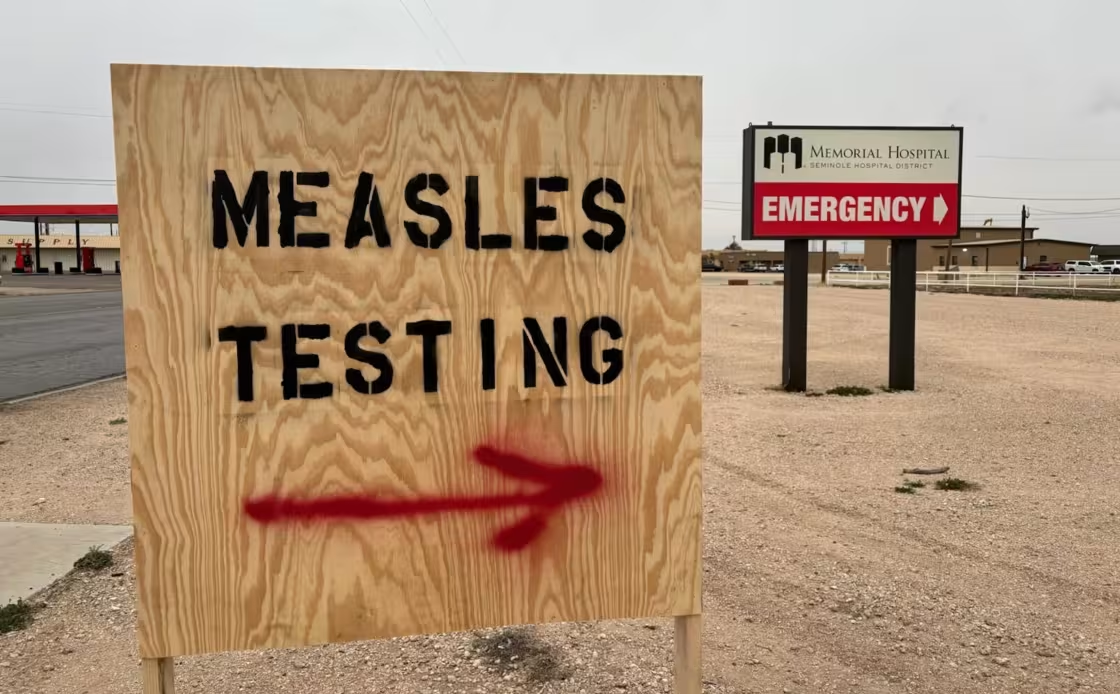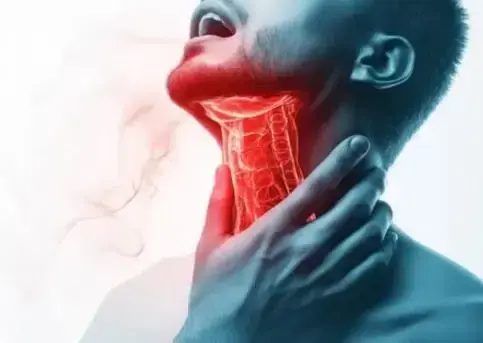- Pop star Miley Cyrus recently revealed she endured an ovarian cyst rupture during a New Year’s Eve party she hosted.
- The singer-songwriter said the ordeal was excruciating and she needed emergency medical attention.
- Ovarian cysts are very common and often resolve on their own, but larger cysts that rupture can be life threatening.
Pop music hitmaker Miley Cyrus recently shared that she experienced a ruptured ovarian cyst, a painful ordeal that can result in a medical emergency.
The 32-year-old singer-songwriter and actress revealed the news during an appearance on The Zane Lowe Show, which streamed on Apple Music 1 on May 21.
The “Flowers” singer said the ovarian cyst rupture occurred while she was hosting Miley’s New Year’s Eve Party with her godmother and country music legend Dolly Parton.
“I had a pretty traumatic experience on a show that I was doing with [Lorne Michaels] when I was doing my New Year’s show,” Cyrus said during the interview. “I had a medical emergency. I had an ovarian cyst rupture. We didn’t know exactly what was going on, so we did it.”
“It was pretty traumatic because it was extremely excruciating, and I did the show anyway,” she continued. “But it was really, really hard on me.”
Cyrus is among a number of celebrities who’ve shared their experiences with ovarian cysts, People reports. Others include: Hailey Bieber, Kate Beckinsale, Hilary Swank, Lena Dunham, and others.
Ovarian cysts are common and often resolve on their own. Larger cysts, however, can be extremely painful and, in some cases, life threatening, if a rupture occurs.
Healthline spoke with Yen Hope Tran, DO, OB-GYN at MemorialCare Orange Coast Medical Center in Fountain Valley, CA, to learn more about ovarian cysts and when to seek medical attention.
Why are some ovarian cysts more dangerous than others?
Tran: Ovarian cysts are fluid-filled sacs that form on or inside the ovaries. They’re most common during the reproductive years and often develop as a normal part of the menstrual cycle, called “functional cysts.” These typically resolve on their own.
However, other types — such as dermoid cysts, endometriomas, or cystadenomas — can be more complex and carry a higher risk of complications like rupture, torsion, or persistent pain. Cysts larger than 5–10 centimeters, those with solid components or septations, or those associated with symptoms may require closer monitoring or surgical intervention.
What are the common warning signs of an ovarian cyst?
Tran: Most ovarian cysts are asymptomatic. However, warning signs may include:
- pelvic or abdominal pain (especially on one side)
- bloating or pressure
- changes in menstrual cycles
- pain during intercourse
- frequent or urgent urination (if the cyst presses on the bladder)
If a cyst ruptures, symptoms may include:
- sudden, sharp pelvic pain
- abdominal distention
- nausea or vomiting
- dizziness or fainting (especially if there is internal bleeding)
- low blood pressure or rapid heartbeat (in severe cases)
What medical conditions might be mistaken for ovarian cysts?
Tran: Several conditions can mimic the symptoms of ovarian cysts, including:
- appendicitis
- ectopic pregnancy
- pelvic inflammatory disease (PID)
- endometriosis
- urinary tract infections
- kidney stones
- gastrointestinal issues (i.e., diverticulitis or irritable bowel syndrome (IBS))
A thorough pelvic exam and imaging — typically a transvaginal ultrasound — can help distinguish between these conditions.
How are ovarian cysts typically treated?
Tran: Treatment depends on the type, size, and symptoms of the cyst. Observation is appropriate for many simple cysts, especially in premenopausal women. Hormonal birth control can be used to reduce recurrence of functional cysts. Surgical removal may be recommended for persistent, large, complex, or symptomatic cysts.
If a cyst ruptures, mild cases may be managed conservatively with pain medication and observation. Moderate to severe cases — especially with internal bleeding or signs of infection — may require hospitalization, IV fluids, or emergency surgery.
How do you know when an ovarian cyst is dangerous?
Tran: Seek emergency care if you experience:
- sudden, severe pelvic or abdominal pain
- pain with fever and vomiting
- signs of internal bleeding (fainting, weakness, low blood pressure)
- rapid breathing or heart rate
Dangerous cysts are typically large, complex, or rapidly growing, or occur in postmenopausal women. A provider can assess the risk through ultrasound findings, blood tests like CA-125, and symptom evaluation.














